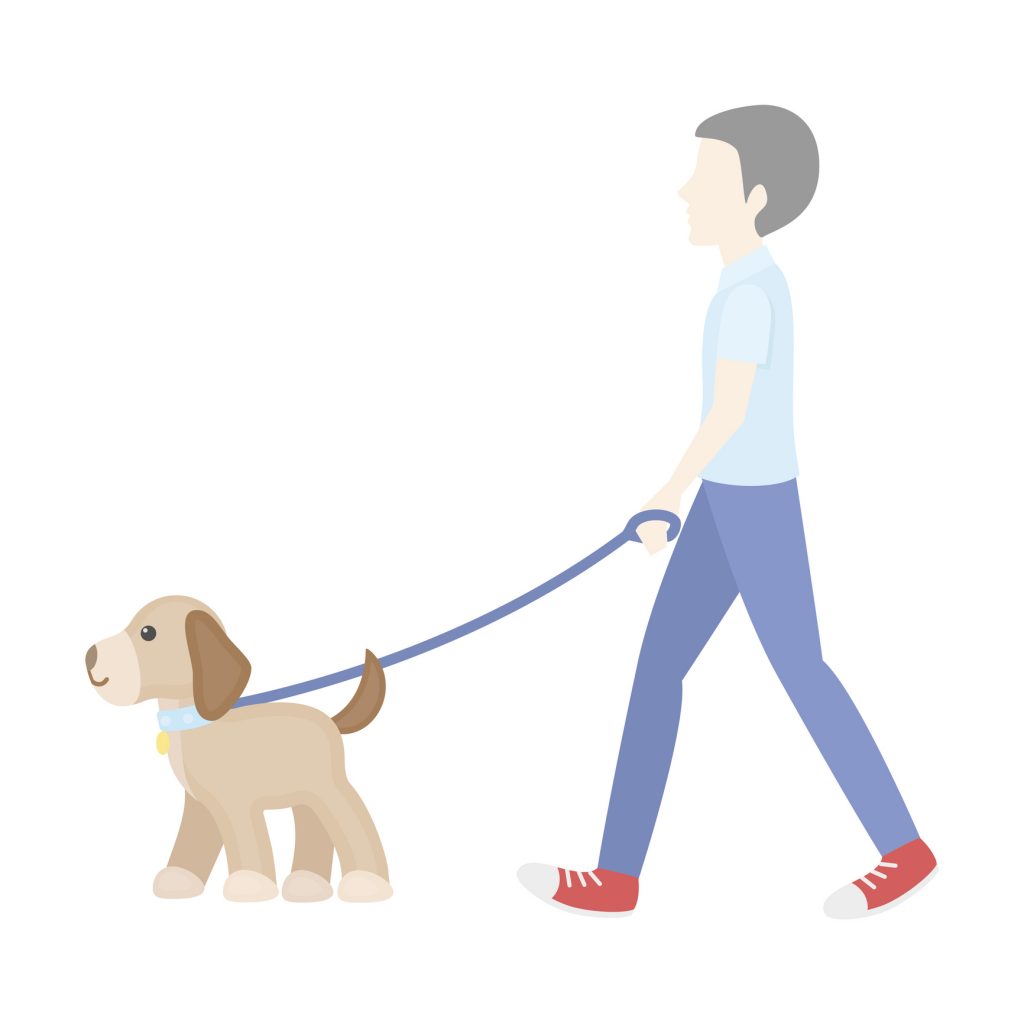TEACCH Tip#5 social narratives and explaining changes
Change is disruptive to everyone’s day-to-day life. For individuals with autism, who often thrive on routines and schedules, change can be very challenging. Individuals with autism may not know where they will spend their time, who they will be with, what they will be able to do, or how long the change will be in place. In order to get through changes, we all experience less stress when we understand what will be happening.
For individuals with autism, using a visual format to explain a change can be very helpful. Social narratives are written and/or pictured stories that help explain that a change is occurring and tell the individual with autism what can be expected. The visual information used (words, pictures, or both) should match the individual’s understanding. Ideally, this visual narrative can be something read often and read during times where the individual may need reassurance. They should be written in a positive way that tells the individual what is happening and what to do, rather than what not to do.

Since I am not going to school, my family is doing more fun things outside this week to keep us busy. This means that I will have “outside time” on my schedule.
Sometimes, I will have to stop doing something I really like, like watching Daniel Tiger, before we go outside. This might be hard. I might feel frustrated or angry. If I feel frustrated, I can squeeze a squeeze ball or take deep breaths. I can ask mom “when can I watch Daniel Tiger again?” She will show me on my schedule.



When I go outside, I can ride my bike, walk the dog, or go for a walk. When I come back inside, I will check my schedule to see what I am doing next. I can have fun playing outside with my family!
Helpful Hints
- Don’t recreate the wheel – there are already many social narratives online. If you’d like to individualize a social narrative there are many guides to writing social narratives as well.
- Incorporate favorite characters to make the narrative more meaningful!
- Make sure to explicitly explain when your individual will be able to engage in highly preferred activities!